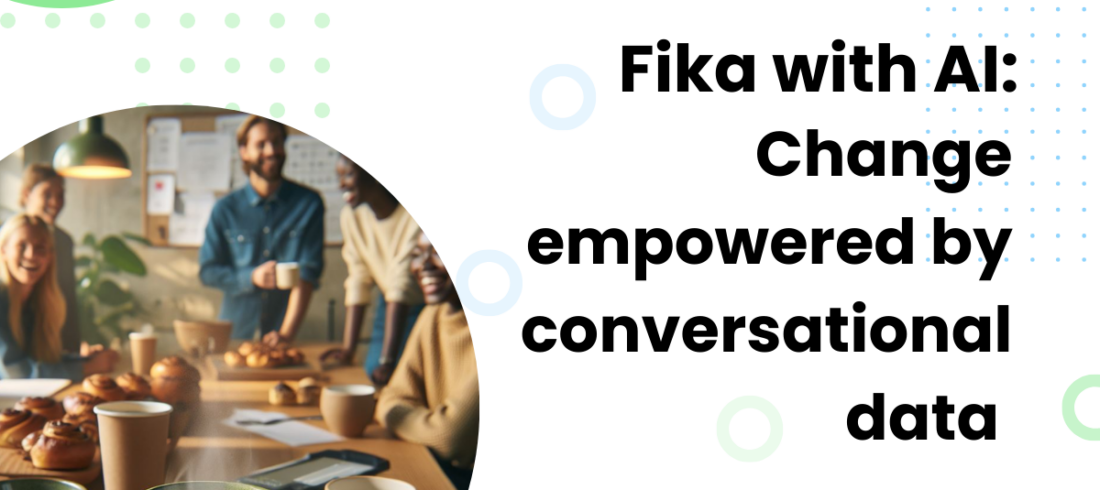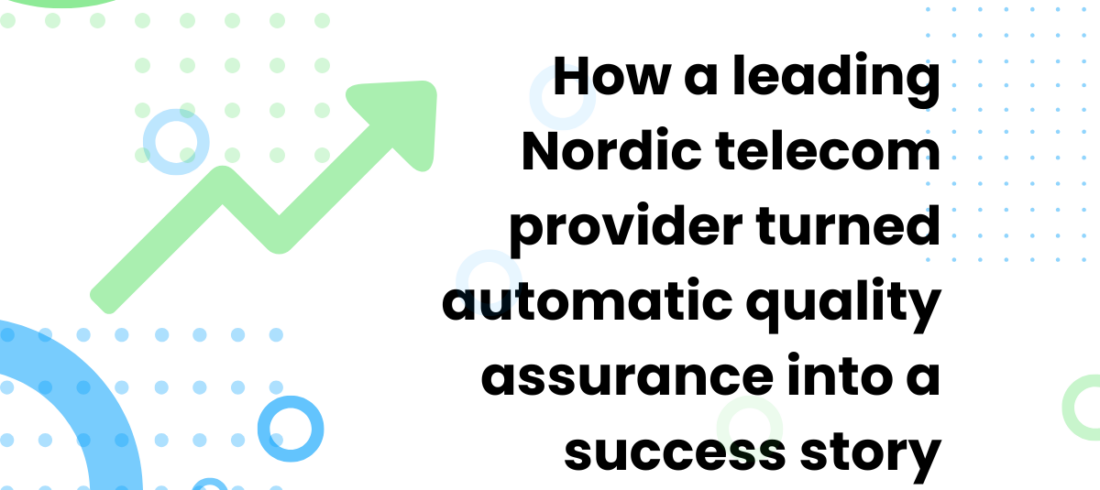When we look at large organisations working to find ways of improving their efficiency, quality, or sales, they need to make decisions. What they have plenty of, is data. The process of moving from data to actionable insights, however, is not a path that is always easy to walk.
Executives and managers often make decisions based on gut feelings. Instead, we propose that you should start with the business strategy. Continue with asking business questions based on that strategy. Then use the appropriate data and analyse it to reach actionable insights. In this post, we’d like to highlight this process through a knowledge pyramid.
The knowledge pyramid
We wish to guide you through a knowledge pyramid shown on the image below. Note that there are many different knowledge pyramids out there. We are using this one to highlight the work with data, putting it into context, analysing and using critical thinking, working towards actionable insights to support the company strategy and goals.
Please note that we look at insights and actionable insights as two different things. You may have insights, but if you cannot do anything about them, they’re not of much use. We’re looking for actionable insights with the aim of making a positive impact on our strategic goals.

When you look at this pyramid, you will find data at the base. This is something that your company may have in plenty and there would have been a lot of investments made in the past to collect data in the form of recording phone calls. You will most likely also have records of all customer emails, chat, and feedback via NPS and CSAT forms. The cost of data is quite high. At the same time, having just that and nothing else will not gain you much.
Going from having data to having actionable insights – levels of the pyramid
Let’s talk through these levels with a common example of a large organisation with high volumes of customer communication. The example is based on using NPS (Net Promoter Score) data to find actionable insights.
Data – the base layer, is a collection of recorded events. So all recorded customer communications are data. Having data and not doing anything with it will not give value. It’s not data that is valuable, it’s using it well that will give you value.
Information would be the result of processing data in a particular context. So, let’s say you collect data from NPS surveys and process it. You analyse your average NPS and investigate the textual comments alongside the numerical values. If you know the average NPS score, that’s a layer further than just having data, that is having information.
Knowledge is related to the problem or decision at hand. Let’s say you have collected data from NPS surveys. You are informed about the average NPS. You would need to analyse the textual comments from the surveys to have knowledge about the reasons why customers give certain scores. If you focus on the lower end of the NPS scores and analyse the textual comments, you will find knowledge about the reasons behind customers giving you low scores. You may find patterns of certain processes or lack of information causing low scores. You may find that certain Agents do not leave the customer feeling the greatest and cause low scores. Also – looking at what your customers have given high scores for will lead you to know what your customers like about your service, processes, or products so you are knowledgeable about what your company is good at.
Wisdom is the ability to discern and judge the aspects of knowledge that are true, right, lasting, and applicable. Moving on with our examples with NPS survey analysis. If you have 1000 surveys with 100 negative scores and you analyse just 10 of those surveys, you will have knowledge about 10% of your low scores. Can you apply this knowledge to all 100 of those surveys? Most likely not as the sample is still quite small. So the wisdom here is to understand whether your knowledge is sufficient enough. Can you make lasting decisions on the basis of your sample?
Most likely you’ll decide that you need more knowledge. So you analyse more and have a larger base to make decisions on. Then you come to decide that analysing and looking for patterns in 100% of the surveys instead of 10% will lead to being more informed and having more confidence in your knowledge. This process can turn knowledge into wisdom, giving you more proof that what you have found is true.
Reaching insight
Insight is considered the deepest level of knowing from this pyramid. When you have analysed all negative NPS survey results and found that for 20% of those results our customers are saying that their low scoring is caused by a specific thing – like, for example, being misinformed regarding the terms of a service – you have found a pattern for an issue. This is insight – you have found something that drives low scores.
Now with this, you can move on in many ways. Should you decide that the pain of the customer is still quite low, you can monitor it. You can see if more and more low scores come in about that. You most likely will want to also monitor how many calls and chats you also receive about the terms of that service – to give this issue quantity, to measure its size. With knowing the business strategy and the size of the issue, you decide the value of the insight and the size of the pain.
To the highest step of our pyramid – actionable insight
Actionable insight is an insight that drives action. It’s typically more valuable than one that simply answers the question. Our question is “why do we have low NPS scores”. With analysis, we found the answers or insights – “20% of our low NPS scores are caused by customers feeling misinformed about the terms of our service” and “we receive 100 calls each day to ask about the terms of this service, the terms are unclear for customers”.
We now have several insights pointing towards having to take action in order to service our customers better, raise customer satisfaction, and also to reduce the number of contacts for the issue at hand. The action could be then to review the questions that the customers are asking and find patterns (such as not finding information on the website or being misinformed by Agents), then updating the information and training Agents. Once the decided actions are complete, the next step would be to monitor the future conversations and NPS survey results with the aim of seeing a decrease of this issue. If the decrease is small, then the action has not been sufficient and should be reviewed.
This is an example of going from simply gathering and having NPS data and knowing an average score (information) to using the available data at hand to make impactful changes.
We will also be sharing another article soon to explain how you can use the Feelingstream conversation analytics tool to make the most of the data you’re already collecting and working towards finding actionable insights. Knowing your strategic goals and having business questions is a crucial part of this process. Stay tuned!




